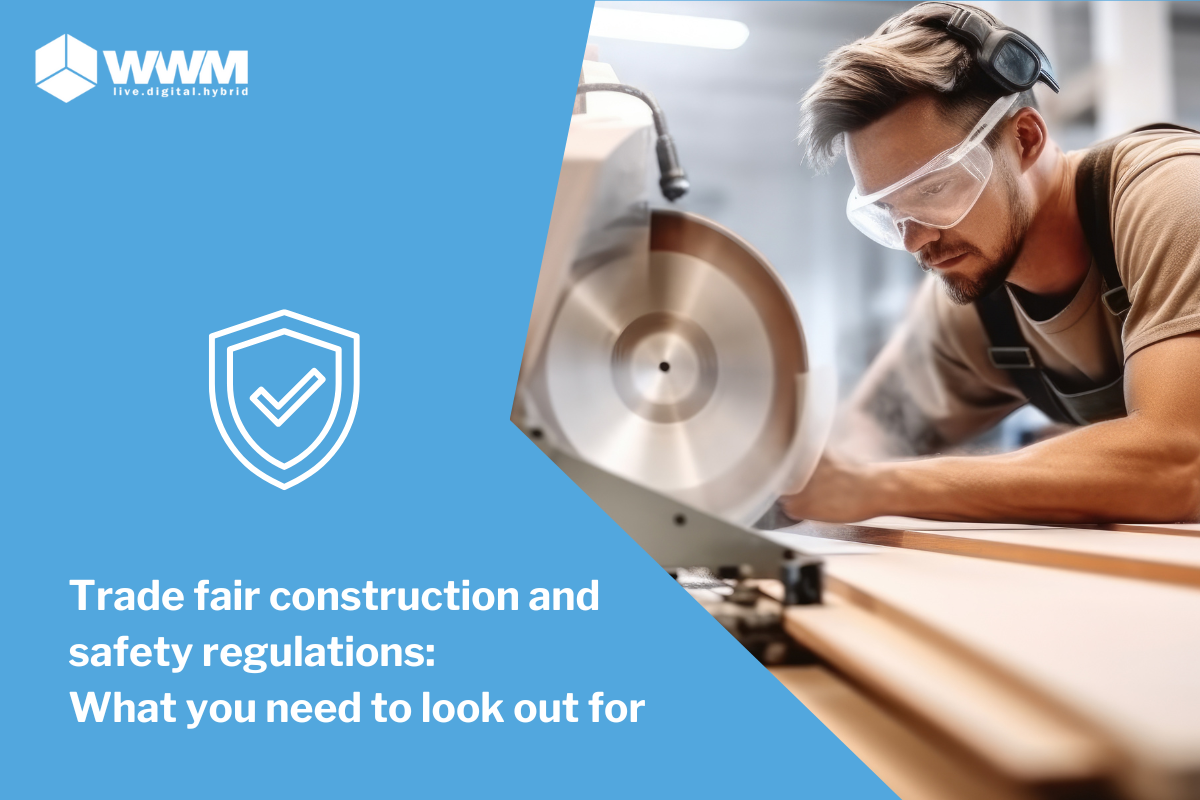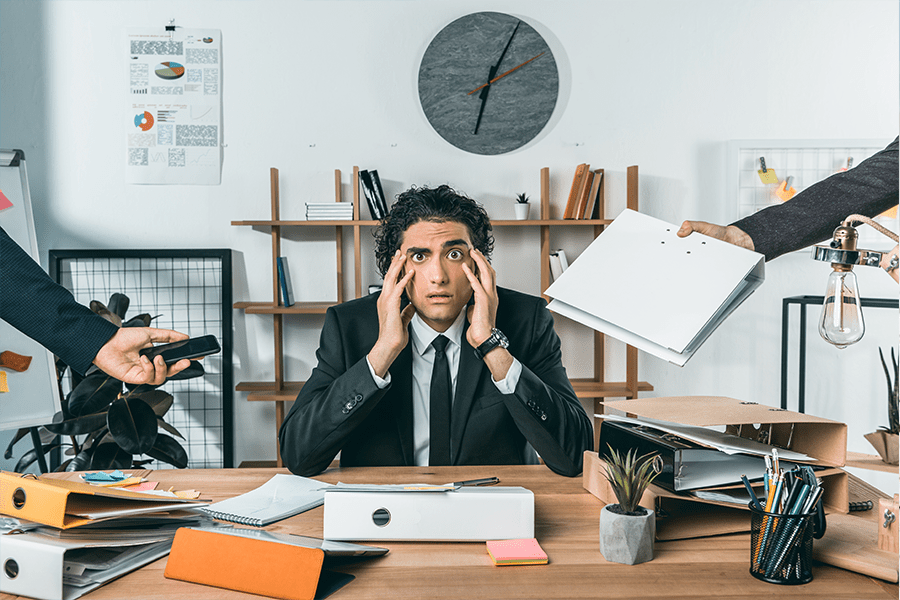Recognising sustainable companies in the event industry
In a world characterised by constant change and progress, the topic of sustainability is becoming increasingly important and is therefore now a top...

In exhibition stand construction, safety is no coincidence, but an essential prerequisite for a successful and professional presentation. Safety regulations are not only required by law, but also play a decisive role in building trust in your brand. The German Social Accident Insurance (DGUV) provides binding guidelines and tests that are essential for a safe trade fair environment.
In our latest article, we highlight the most important safety regulations in trade fair construction and give you practical tips for effective implementation. In this way, you not only ensure that everything runs smoothly, but also set an example of professionalism and a sense of responsibility.
The foundation for a safe trade fair appearance begins in the planning phase. Careful preparation is essential in order to identify and minimize potential risks at an early stage.
The booth design is crucial for ensuring safety:
Choosing the right materials is crucial for safety:
Technical installations must meet the highest safety standards:
Another important aspect of safe exhibition stand construction is the logistics and assembly service. Here are some key points to consider:
Professional logistics planning: precise logistics planning is essential to ensure that all materials arrive at the venue on time and safely. This includes choosing the right means of transportation and ensuring that all materials are properly packaged and labeled.
Safe transportation: Ensure that all transportation vehicles are regularly maintained and meet safety standards. This minimizes the risk of accidents during transport.
Efficient installation: A professional installation service that has experienced personnel and the right equipment is crucial. All installation teams should be thoroughly trained and instructed in the latest safety regulations.
Documentation and tracking: Keep detailed documentation of all logistical and installation processes to prove compliance with safety standards. This also makes it easier to track and resolve any issues that may arise during transportation or assembly.
The set-up stage is a critical time in which many safety aspects must be taken into account.
The protection of workers has the highest priority:
The safety of structures is crucial:
Everything must be checked before the trade fair:
During the trade fair itself, it is important to continuously ensure safety.
Well-trained staff is the backbone of safe trade fair operations:
Efficient visitor guidance contributes to safety:
Continuous monitoring is essential:
The storage of exhibition materials also plays a decisive role in safety:
Suitable storage areas: make sure your storage areas are dry, clean and well ventilated. Avoid storing in areas that are exposed to moisture or extreme temperatures to prevent material damage.
Safety precautions: Implement safety precautions such as smoke detectors and fire extinguishers in storage areas. Regular inspections of storage locations are necessary to ensure compliance with safety standards.
Material labeling: Label all materials clearly. This not only makes organization easier, but also helps to ensure that the right action can be taken quickly in an emergency.
Regular checks: Carry out regular checks of stock levels and storage conditions. This helps to identify and rectify problems at an early stage before they lead to major safety risks.
Safety regulations should also be observed when dismantling your exhibition stand.
Well-coordinated dismantling minimizes risks:
Environmentally sound disposal is mandatory:
Learn from every event:
Compliance with safety regulations is not only a legal obligation, but also a key factor in the success of your trade fair presence. Thorough planning, precise implementation and continuous monitoring are essential to ensure safety. By taking all safety-related aspects into account, you not only protect your employees and visitors, but also highlight the professionalism of your presentation. A safe exhibition stand underlines your commitment to the highest quality standards.
The German Social Accident Insurance (DGUV) sets clear guidelines for safety in exhibition stand construction. By consistently implementing these guidelines, you position yourself as a responsible and professional exhibitor that stands for innovation, creativity, safety and reliability. Despite the challenges in trade fair construction, a clear focus on safety enables you to successfully organize your trade fair participation. By complying with the relevant safety regulations, you lay the foundation for a successful and safe trade fair appearance.

In a world characterised by constant change and progress, the topic of sustainability is becoming increasingly important and is therefore now a top...

In a world where sustainability is becoming increasingly important, companies are faced with the challenge of integrating these principles into all...

Losing the company's authority to act - every entrepreneur shudders at the thought. But why is corporate social responsibility (CSR) an integral part...